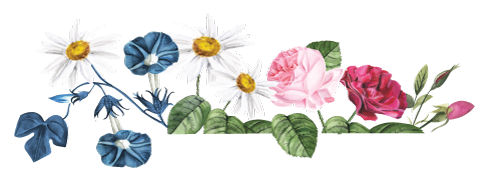Just as the cunning socialites at the center of producer Ryan Murphy’s new gossip-fueled drama, Feud: Capote vs. The Swans, would never arrive at a party without an intimate knowledge of their fellow guests, we would never recommend watching a show about one of the juiciest social scandals of all time without a basic understanding of the players.
We all know Capote, who will be played by Tom Hollander, was a writer and a gossip. But what of the beautiful and stylish women he called his “swans?” We have no doubt that Babe Paley, Slim Keith, C.Z. Guest, Lee Radziwill, Ann Woodward, and Joanne Carson will be brought to vivid life by the all-star cast: Naomi Watts, Diane Lane, Chloë Sevigny, Calista Flockhart, Demi Moore, and Molly Ringwald, respectively.
But before the show’s release on FX on January 31st, a primer. From a deeper dive on Capote himself to his now famous Black and White Ball and the insular group of ladies who understood revenge is best served in couture, consider this your entrée into the most fashionable feud of all time.
View this post on Instagram
Truman Capote
Let’s begin with the enfant terrible and disgraced writer at the center of the sordid tale: Truman Capote. Born in New Orleans, Truman was an anomaly from day one: a quick-witted child from the Deep South turned flamboyant court jester for Manhattan’s elite. But perhaps the most important thing to know about Truman in this context is that his love-hate relationship with glamorous women began with his mother and thus ran deep. Lillie Mae Faulk (self-reinvented as Nina Capote) was the first iteration of swan in Truman’s life, a beautiful social climber who flew in and out, leaving him in the care of family in Alabama while she made her own way in Manhattan. (He is said to be the real life counterpart of the character Dill in To Kill A Mockingbird, which was written by his childhood friend and neighbor Harper Lee.) Truman would eventually join his mother and later weasel his way into the upper echelons as he began to establish himself as a writer. His greatest achievement came in 1966 with the publication of In Cold Blood, a true crime novel which established him as a writer at the height of his powers and a pioneer of New Journalism. This major coup only added to Truman’s stable of powerful friends and secured his place among the swans.
View this post on Instagram
The Black and White Ball
Still basking in the success of In Cold Blood and determined to keep all eyes on him, Truman set about following his literary triumph with a social one. Sitting by a friend’s pool in Bridgehampton, he plotted what would become one of the most celebrated parties in modern history. Truman decided on The Plaza Hotel which he considered to have the only beautiful ballroom left in New York. Taking his inspiration from the Ascot scene in My Fair Lady which his friend Cecil Beaton costumed in black and white, the party would be a bal masque called the Black and White Ball and guests were required to adhere to a strict dress code. (Truman also tightly controlled the guest list, insisting single people come alone. When a dear widowed friend protested, insisting she would not don a mask and arrive at The Plaza solo, Truman promptly arranged small dinners beforehand so that guests could arrive in carefully curated groups.)
In another stroke of genius, Truman chose Katharine Graham, the head of the family that owned both Newsweek and The Washington Post, as his guest of honor. Though not as glamorous as his beloved “swans,” Kay Graham was a dear friend and arguably the most powerful woman in the country. He called her to let her know he would be feting her in grand fashion and invitations written in longhand soon followed.
“What happened after that,” Gerald Clarke writes in his exquisite biography Capote, “can best be described as a chemical reaction. By itself, each of the ingredients Truman had poured into his flask—the select guest list, the strict dress code, the thrill of a masked ball—might have remained inert. Together, they fizzed and gurgled, bubbled and boiled, and all of New York knew that something remarkable was soon to occur.”
It was indeed the world’s most coveted invitation and those who received one promptly began planning what they would wear. Halston made many of the masks, exhausting himself over a course of six weeks. (For Feud, Zac Posen was enlisted to design the costumes for the ball.)
On November 26, 1966 guests arrived to a scene set in contrast to the more over the top parties of the day with their gilded trees and champagne fountains. Truman served only simplicity and good taste. There were four bars that served four hundred and fifty bottles of Taittinger and a simple midnight buffet.
By the end of the night, the dance floor shone with such global glitterati as Gloria Guinness, Marella Agnelli, Bill and Babe Paley, Henry Ford and Henry Fonda, Frank Sinatra and Mia Farrow, Lauren Bacall, Tallulah Bankhead, Candace Bergen, Billy Baldwin, and the daughters of three presidents. The event received countrywide coverage and even the harshest gossip columnists declared it a success. Truman was on top of the world. But no good story ends there. A fall from grace was inevitable.
Truman’s would arrive less than a decade later, when his writerly instincts and egocentric ways got the best of him. The attention hungry author decided to tease an excerpt from his novel-in-progress, Answered Prayers, which he insisted would be his masterpiece, proof that he was an American Proust. He carelessly chose a chapter called, “La Côte Basque, 1965” so named for a famous restaurant on East Fifty-Fifth Street, a popular watering hole for Truman and his swans and sent it to Esquire. When the chapter was published in 1975, it laid bare the most intimate secrets of his famous friends, taking shots at royalty and Camelot along the way. A New York Magazine cover following the release put it best with the headline “Capote Bites The Hands That Fed Him” atop an illustration of a French poodle version of Truman attacking glamorous party guests with his teeth. The swans quickly closed ranks, and so we have our Feud.
Now, meet the swans.
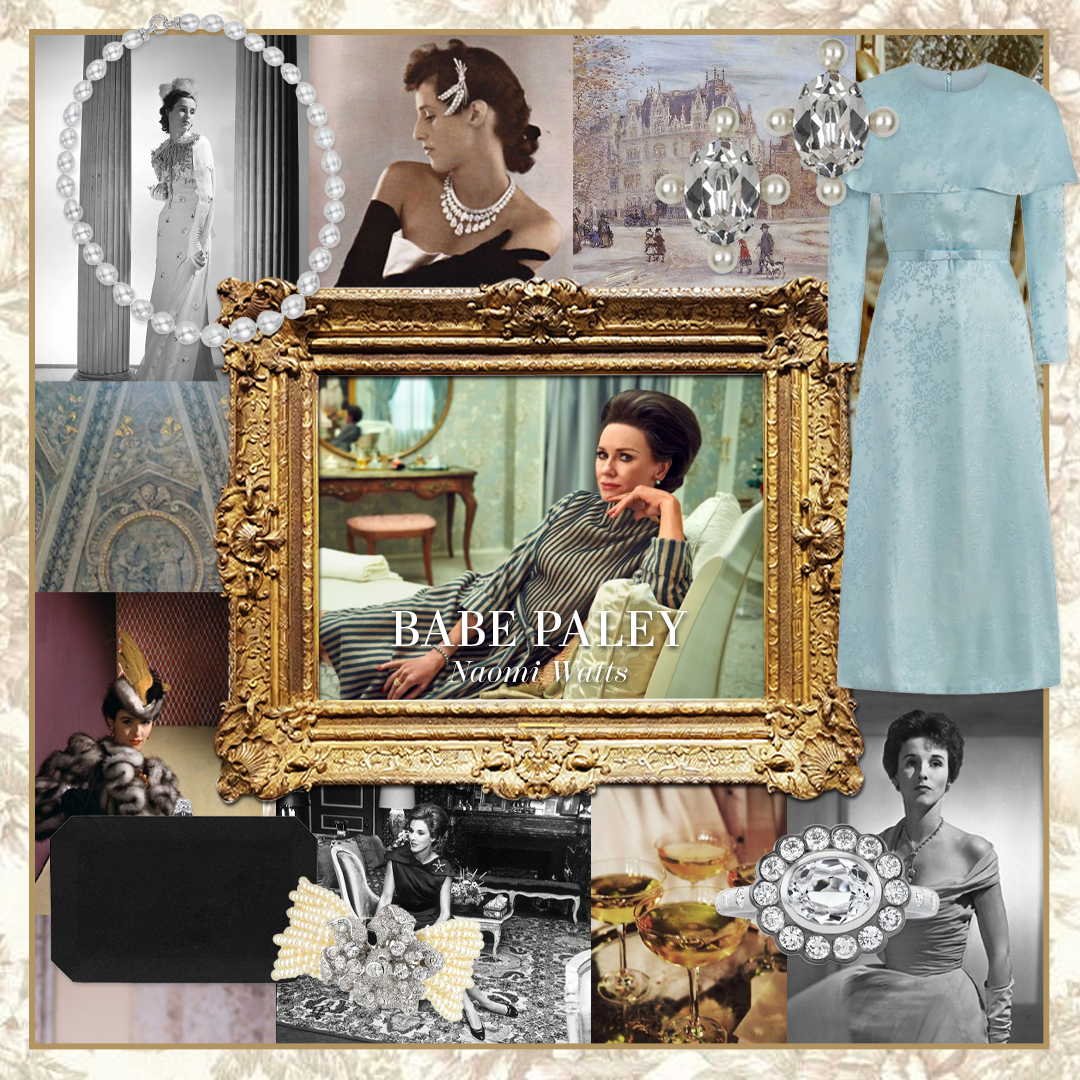
Babe Paley (Naomi Watts)
Statuesque beauty and International Best-Dressed List OG, Barbara “Babe” Paley was Truman’s closest friend and the wife of CBS founder William “Bill” S. Paley. Babe met Truman in 1955 when he found his way onto her husband’s private plane for a jaunt to Jamaica. When Bill’s good friend David O. Selznick asked if he could bring his friend Truman along, Bill assumed he meant the former president. He was reportedly not amused to find a strange little man instead. But the decades-long friendship between Babe and Truman was sealed before the wheels touched down.
The daughter of one of the country’s greatest doctors, Dr. Harvey Cushing, and Katherine Stone Cushing who was determined to have her daughters marry well, Babe had a fine pedigree and would become Truman’s guide to the rarified world he so desperately longed to occupy. She taught him how to behave and about art and interior design. In return, he taught her about literature. Truman got on with Bill as well, and the three became something of a trio, traveling the world and spending time at the couple’s private homes on Long Island and Jamaica. This gave Truman an intimate knowledge of a flawed marriage and proof that money cannot buy happiness—a theme which just so happened to fuel his doomed novel.
Despite all the cracks just beneath her gilded facade, or maybe because of them, Truman adored Babe. The two shared everything and though Truman often betrayed Babe’s confidence in conversation with other swans—a fact pointed out by Slim Keith and even a concerned manicurist—Babe never questioned his loyalty. This misplaced trust would set the scene for a dramatic falling out. Babe never forgave Truman for “La Côte Basque,” which made a mockery of her marriage in the most gruesome way imaginable. And Truman was deeply hurt by what he saw as misplaced loyalty to a philandering husband. When Babe died from cancer in 1978, Truman was not notified, nor did he attend the funeral.
Slim Keith (Diane Lane)
Slim Keith was Slim Hayward and the wife of Broadway producer Leland Hayward when she first made Truman’s acquaintance. In contrast to Babe’s nary a hair out of place perfection,
Slim was a breezy, California beauty. As a young woman fleeing a troubled childhood, she set her sights on Hollywood not to become an actress, but to marry well. And marry well she did. More than once. As the glamorous but neglected wife of director Howard Hawks, she once suggested a model in Harper’s Bazaar might be perfect for the lead in his new film, To Have And Have Not. That model was Lauren Bacall.
A restless Slim charmed the likes of Ernest Hemingway and Clark Gable before heading East with Hayward to claim her place in Manhattan society. Her quick, acerbic wit was a perfect match for Truman who endearingly called her “Big Mama.”
Though Slim adored Truman, as Laurence Leamer wrote in his book “Capote’s Women: A True Story of Love, Betrayal, and a Swan Song For An Era,” she had the good sense not to trust him and advised her friend Babe against telling him everything. “‘It’s bad news,” Slim said. “He’s going to rat you out.””
Still, when “La Côte Basque,” came out, the character Lady Ina Coolbirth was widely thought to be based on Slim and the portrait was not a flattering one. In signature Slim style, her response was swift and clear: “It’s junk.”
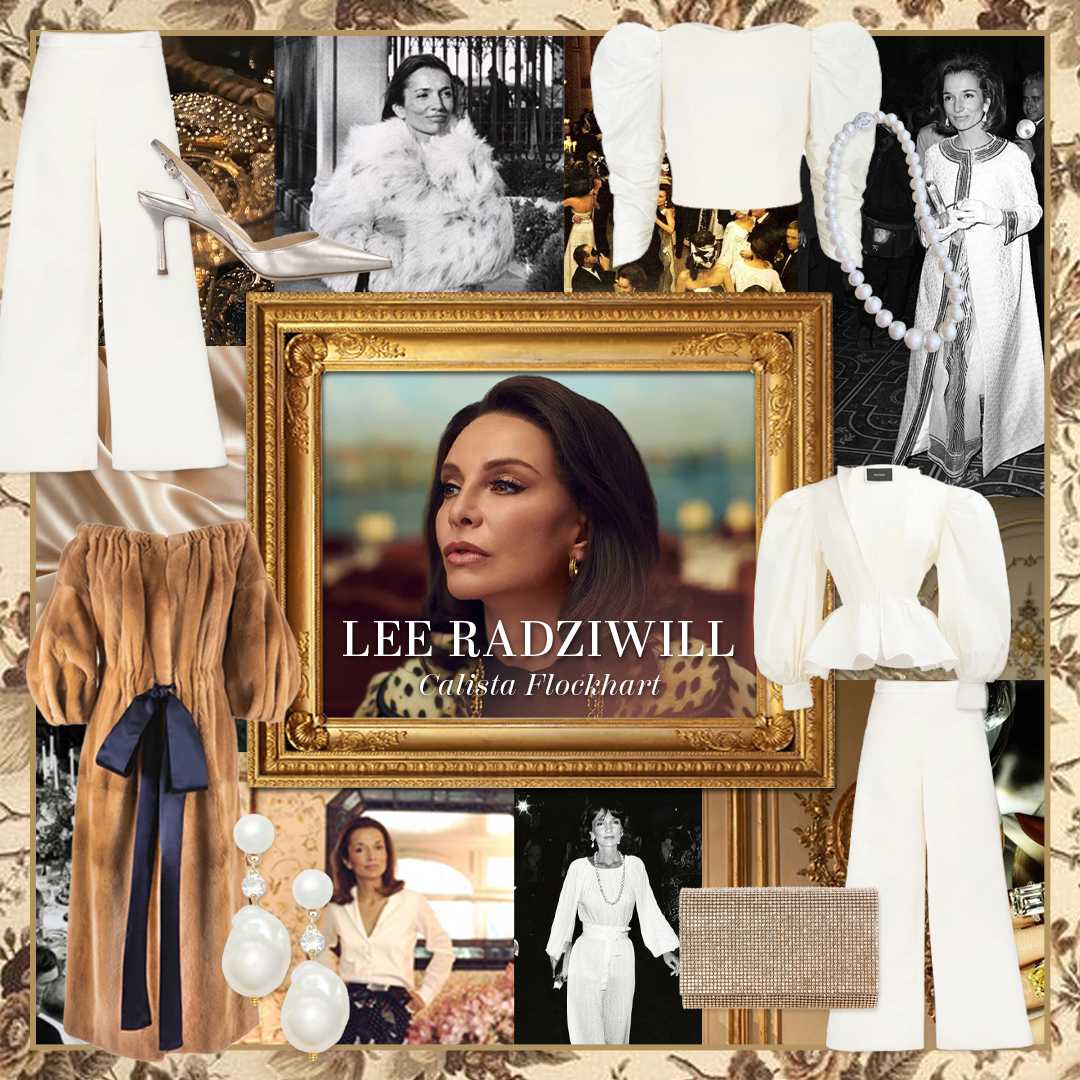
Lee Radziwill (Callista Flockhart)
The charming younger sister of Jacqueline Bouvier Kennedy Onassis, Lee Radziwill fully commanded Truman’s attention. With her chiseled features and a Princess title that may or may not have been legitimate due to her marriage to a polish prince, he insisted she was far more interesting and beautiful than her celebrated sister and was utterly devoted to her. But not always loyal. Following a lunch during which Lee confessed her deepest, darkest secret: that she was uncontrollably jealous of her First Lady sister, Truman promptly wrote his friend Cecil Beaton: “Had lunch one day with a new friend Princess Lee (My God, how jealous she is of Jackie: I never knew); understand her marriage is all but finito.”
Still, Lee is one of the few swans who came across well in “La Côte Basque.” She’s described as “marvelously made, like a Tanagra figurine.”
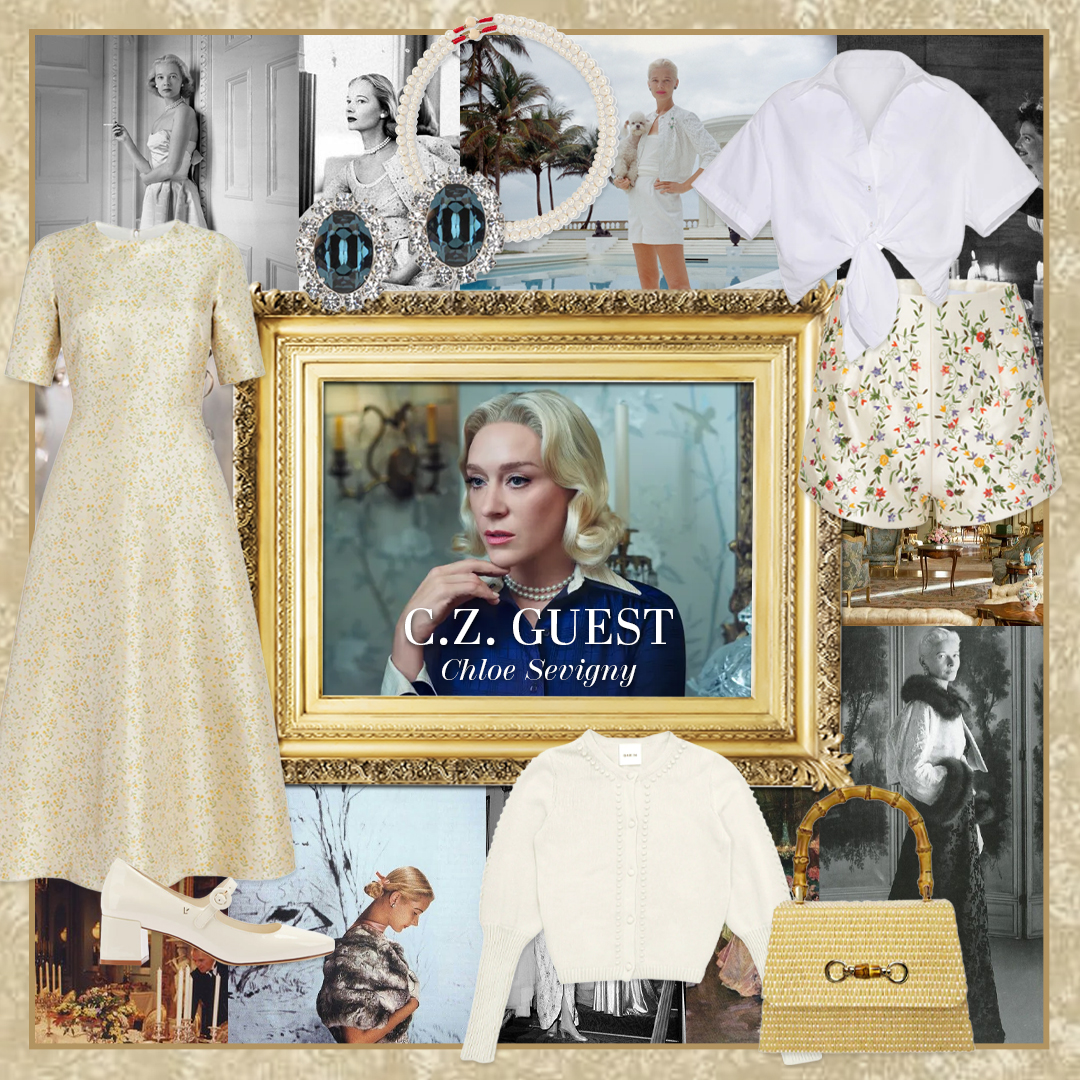
C.Z. Guest (Chloë Sevigny)
Truman first set eyes on Boston Brahmin turned Palm Beach beauty, C.Z. Guest in 1956. It was opening night of My Fair Lady on Broadway and she was stunning in little makeup and a white column gown. C.Z. was the epitome of understated elegance and old American aristocracy, a combination Truman could not resist. (Truman was not alone in this as C.Z. was also a muse to Andy Warhol and Salvador Dali.) The wife of Winston Frederick Churchill Guest and a woman of many talents, C.Z. dabbled in acting and became a fashion icon, dominating International Best-Dressed Lists and even designing her own collection. She was also a dedicated horsewoman and gardening columnist for The New York Post. Her list of famous friends was long and as eclectic as her interests and to them she was loyal. She was spared any humiliation from “La Côte Basque,” and one of the few swans to stand by Truman.
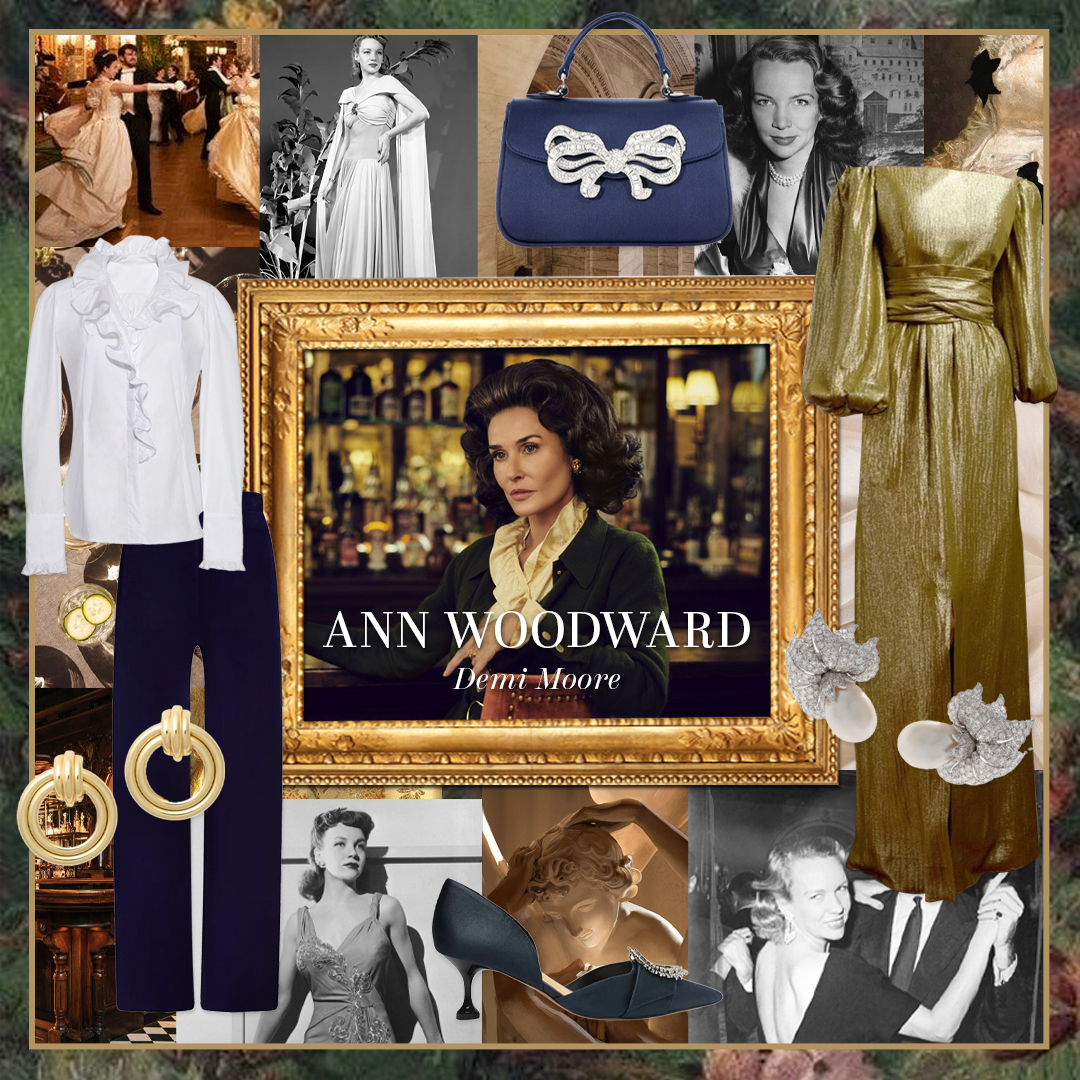
Ann Woodward (Demi Moore)
Former showgirl and radio actress Ann Woodward had a hard time being accepted by New York’s high society. But she became an even more controversial figure in 1955 when she shot and killed her husband, banking heir William J. Woodward, at their home in Oyster Bay. Though Ann claimed she mistook her husband for a burglar—there had been a string of break-ins in the area—and was not indicted, the veil of suspicion never lifted.
As was custom in their milieu, the Woodwards’ was an unhappy marriage. And the shooting took place after the couple had attended a fancy dinner held in the honor of the Duke and Duchess of Windsor. Even twenty years later, it was a society dish too rich for Truman not to devour. And so “La Côte Basque” included a character lazily named Ann Hopkins, a gold-digging wife who shoots and, it is implied, murders her husband. Perhaps the most obvious victim of Truman’s indiscreet ways, Ann took her own life by cyanide upon word of the chapter’s contents and impending publication.
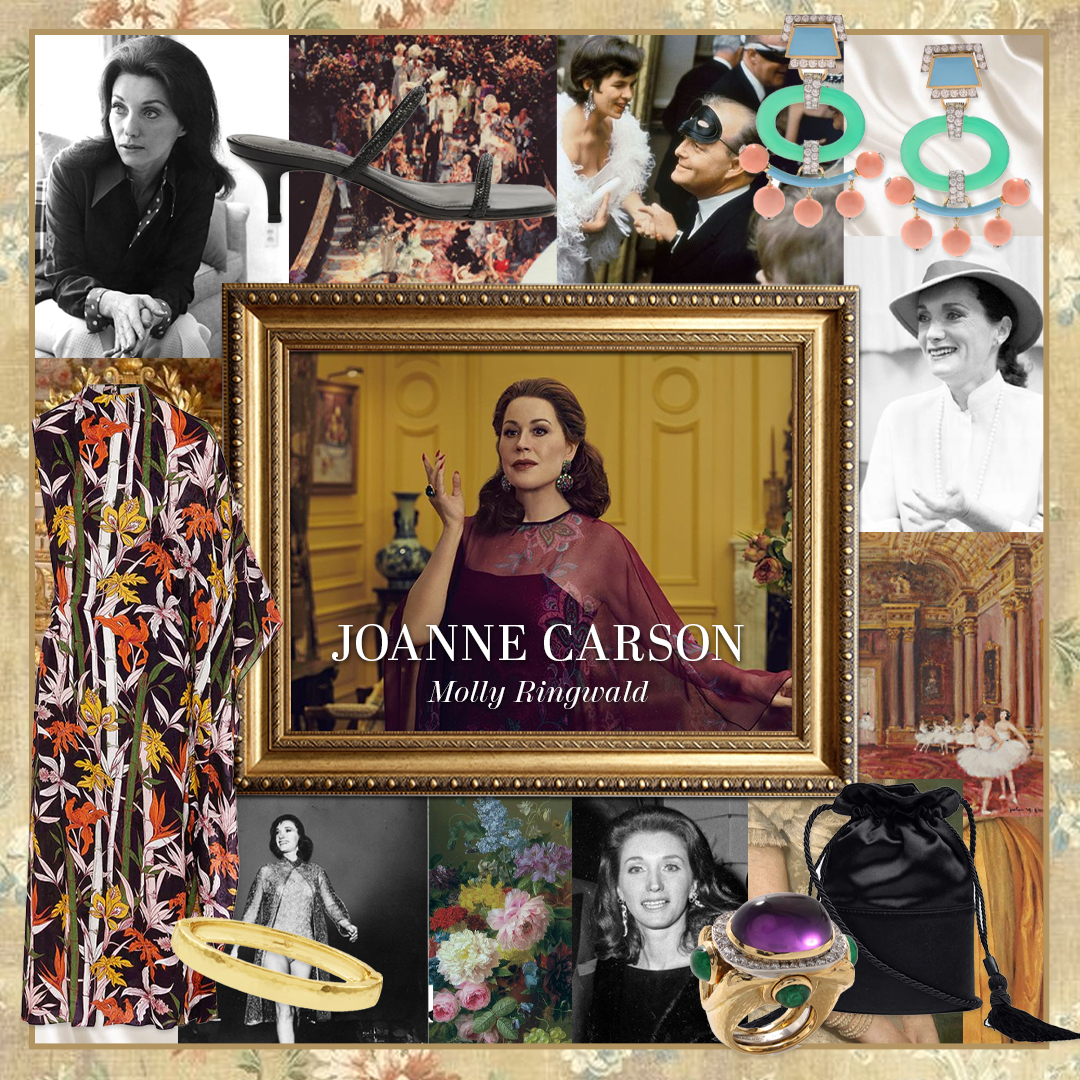
Joanne Carson (Molly Ringwald)
Joanne Carson was a model and Pan American Stewardess who became a fixture of the social set when she married (and later divorced) legendary television host Johnny Carson. Joanne was a faithful friend to Truman and stuck by him even as his good fortune turned. In fact, she stuck with him until the very end. The last photograph ever taken of the spotlight loving author was in her Los Angeles home, where he died from liver cancer in 1984.









